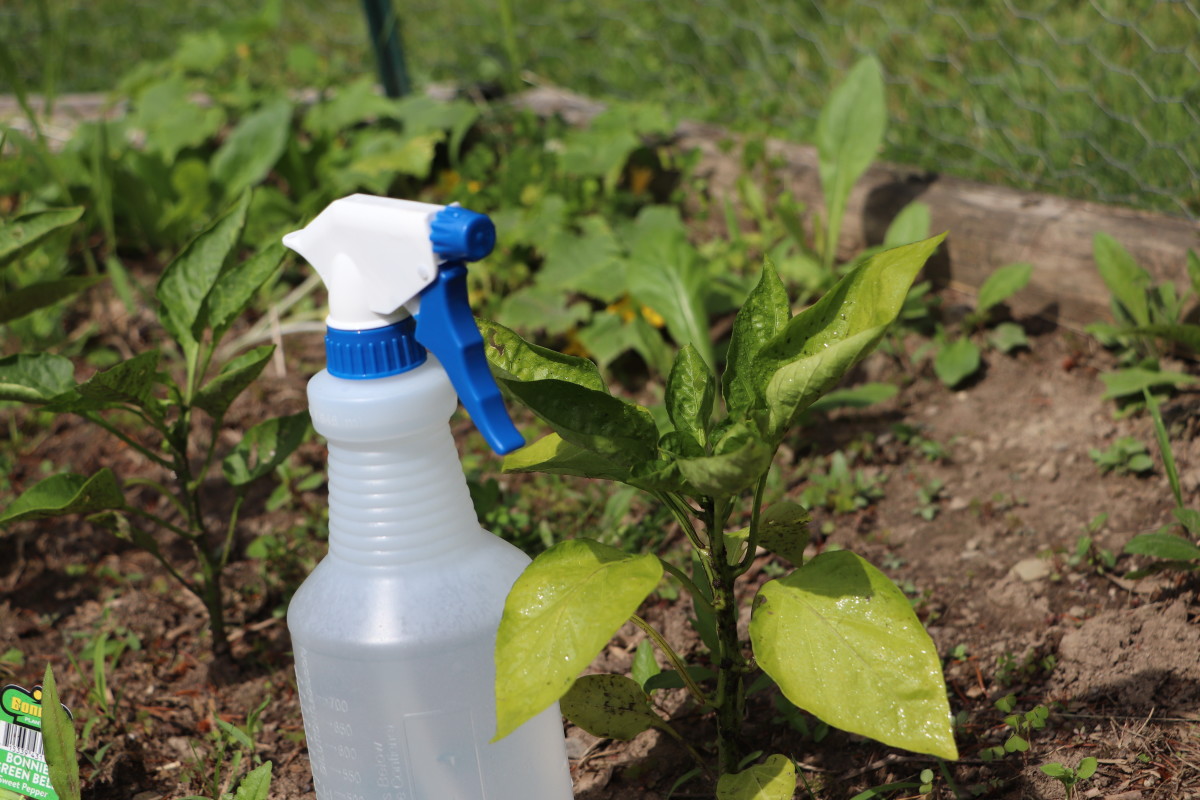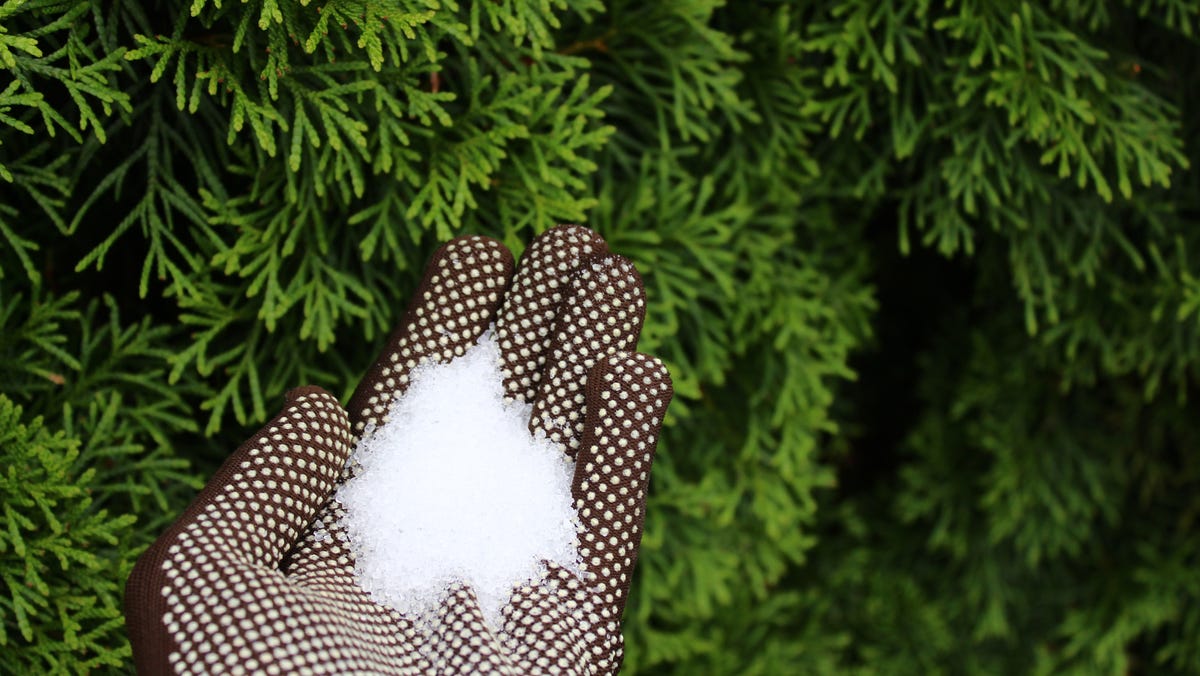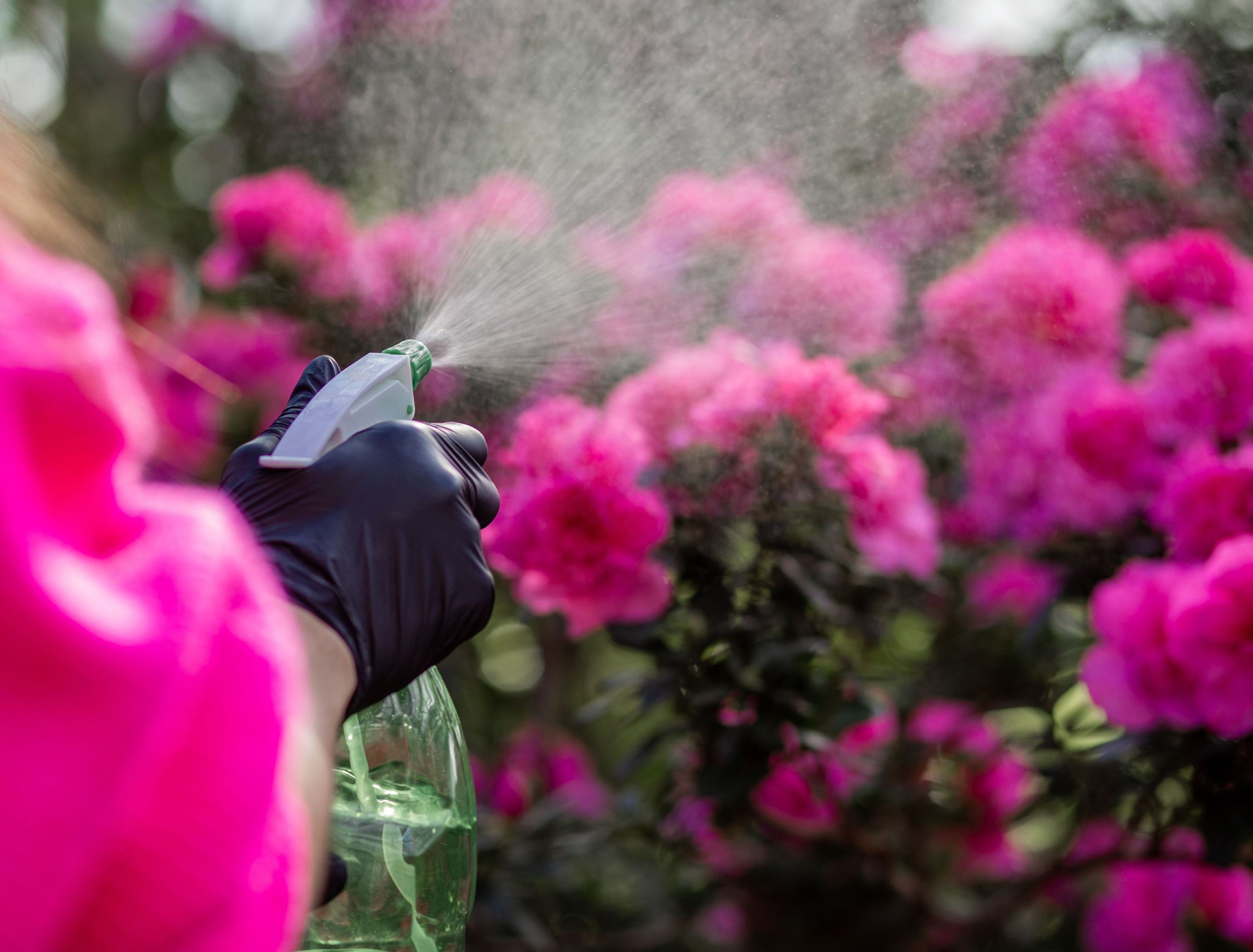What Plants Don't Like Epsom Salt and also Their Alternatives
What Plants Don't Like Epsom Salt and also Their Alternatives
Blog Article
Learn More About the Particular Plants That Are Negatively Affected by Epsom Salt Application
Epsom salt, a popular house remedy for various horticulture problems, is typically praised for its useful results on plant growth. Comprehending the specific plants that can be adversely impacted by Epsom salt is critical for any kind of gardener looking to optimize their plant care routine.
Roses

Roses, especially conscious modifications in their environment, can be negatively affected by the application of Epsom salt. While Epsom salt is typically used as a fertilizer to advertise plant development and enhance blooming, roses are just one of the plants that do not respond well to its application. The high magnesium web content in Epsom salt can hinder the uptake of various other important nutrients by the rose plants, bring about deficiencies that materialize as yellowing leaves or stunted development.

Tomatoes
Tomatoes, understood for their convenience in cooking applications, can exhibit unfavorable results when subjected to Epsom salt due to their specific nutrient demands. While Epsom salt is typically touted as a remedy for different plant problems, including bloom end rot in tomatoes, its application can cause harmful end results if not utilized carefully. Tomatoes are heavy feeders that call for a well balanced consumption of nutrients, specifically calcium, to prosper. Too much Epsom salt, which is magnesium sulfate, can disrupt the fragile nutrient balance required by tomatoes, potentially resulting in shortages in various other necessary nutrients like calcium. This imbalance might materialize in symptoms such as stunted growth, yellowing fallen leaves, or even reduced fruit manufacturing in tomatoes. When taking into consideration the usage of Epsom salt on tomatoes, it is vital to adhere to advised application rates and dirt screening to avoid unintentional repercussions on the overall health and efficiency of these precious garden plants.
Peppers
Peppers, respected for their different colors and levels of spiciness, can show susceptibility to unfavorable impacts from Epsom salt when not applied with care and consideration for their certain nutritional requirements. what plants don't like epsom salt. Peppers, coming from the Solanaceae family, require a fragile balance of nutrients to flourish. While Epsom salt is known to boost magnesium levels in plants, excessive application can disrupt this equilibrium, causing adverse effects on pepper plants
When peppers are exposed to high levels of magnesium from Epsom salt, it can disrupt the plant's capability to soak up other essential nutrients like calcium and potassium. This inequality might materialize in signs such as fallen leave staining, stunted development, and reduced fruit production. In addition, the extreme magnesium can change the soil pH, more intensifying nutrient uptake concerns for peppers.

Rhododendrons
Given the level of sensitivity of certain plant varieties to imbalances brought on by Epsom salt, it is important to think about the influence on Rhododendrons, which also call for specific nutrient levels to thrive. Rhododendrons are acid-loving plants that favor acidic dirt conditions with a pH array in between 4.5 and 6.0. Epsom salt, chemically called magnesium sulfate, can change the dirt pH and disrupt the fragile equilibrium of nutrients crucial for Rhododendron health and wellness.

To preserve the ideal growth and wellness of Rhododendrons, it is essential to prevent the indiscriminate usage of Epsom salt and instead concentrate on providing the details try this web-site acidic soil problems and nutrients that these plants need for flourishing.
Azaleas
These prominent flowering plants are frequently found in parks, landscapes, and gardens due to their appeal and convenience. While Epsom salt is typically made use of as a treatment for magnesium deficiency in plants, its application to azaleas can have adverse results.
Azaleas like somewhat acidic soil conditions, and an unwanted of magnesium from Epsom salt can disrupt this equilibrium, leading to nutrient inequalities and prospective poisoning problems. The incorrect application of Epsom salt can result in stunted development, yellowing of leaves, and total decline in the health of azaleas.
Final Thought
To conclude, it is necessary to be knowledgeable about the specific plants that can be negatively impacted by the straight from the source application of Epsom salt. Roses, tomatoes, azaleas, peppers, and rhododendrons are some examples of plants that may not benefit from Epsom salt and could also suffer injury. It is important to research study and comprehend the requirements of each plant types prior to using Epsom salt as a plant food to ensure their health and wellness.
Comprehending the specific plants that can be adversely impacted by Epsom salt is vital for any kind of garden enthusiast looking to optimize their plant treatment routine. While Epsom salt is typically made use of as a plant food to promote plant development and boost flowering, roses are one of the plants that do not respond well to its application.Extreme usage of Epsom salt can additionally result in a build-up of salts in the soil, leading to root damages and dehydration of the rose plants. While Epsom salt is recognized to boost magnesium degrees in plants, too much application can interrupt this stability, leading to negative results on pepper plants.
The high salt web content in Epsom salt can additionally dehydrate Rhododendron origins, creating more tension and damages to the plant. (what plants don't like epsom salt)
Report this page